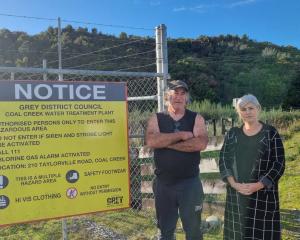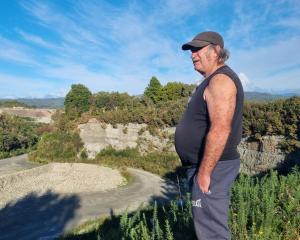
A move to phase two of the Omicron response plan occurred before midnight Tuesday, as daily community case numbers begin to escalate.
The country will stay in this phase as long as daily cases remained between 1000 and 5000 cases.
Reduced self-isolation periods, and an emphasis on “greater self-management”, have been identified as some of the key features of the latest stage in the response.
But Mrs Black questions whether enough time has been provided in preparing smaller communities for phase two.
“Whilst it might have been established in central government’s thinking for a period of time . . . I’m just not certain that the communities have been given sufficient time to understand what A, phase two might mean for them and B, implementing [a plan] with confidence,” she says.
“This has been rushed up on us without due respect or consideration for communities to plan and prepare.”

“It’s all well and good saying we’re a resilient bunch, and we’ll do what we need to do,”she says.
“Even the Government’s messaging to go off and buy six loaves of bread in preparation for being isolated . . . there are members of our communities who find it difficult to prepare to isolate because their finances don’t allow it.
“To have an expectation that everyone can go off and do that, perhaps, shows a lack of insight.”
Of the 7800 residents eligible for a booster in the Hurunui, only 3706 (48 per cent) had received a third jab, according to latest data from the Ministry of Health.
Concerns have been expressed around New Zealand’s booster uptake with leading New Zealand epidemiologist Sir David Skegg saying he was astonished more than a million Kiwis who were eligible for a booster dose were yet to take up the opportunity.
Ms Black said it was more “timing” rather than resitance which may have fed into local booster numbers.
“People are taking a considered approach to the vaccine rollout, and those conversations I’ve had with people who have had their first and second vaccinations will continue with the booster,” she said.
“We’ve just come through two major weather events as well, and our primary producers do have to get up, rain, hail, or shine, so those timing factors certainly do come into it as well.”
-By Adam Burns
Local democracy reporter












